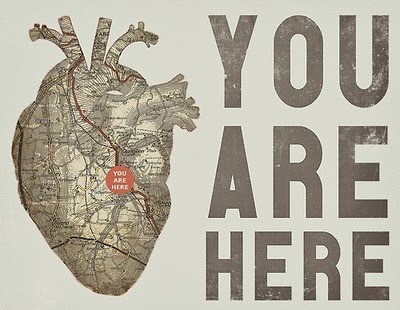So I've finally gotten around to reading the amazing
Mountains Beyond Mountains by Tracy Kidder as recommended by
Sarah and I can't figure out why it took me so long to get to reading this! I guess sometimes I have to be in the mood for non-fiction but I don't think I ever could have fully prepared myself for this incredibly moving story of one man's mission to cure the world wherever he could.
Tracy Kidder's
Mountains Beyond Mountains documents the unparalleled work performed by Dr. Paul Farmer in locales from Haiti to Russia in one compelling and absorbing volume. A leading expert in infectious disease, Farmer's contributions to the medical field go above and beyond mere contributions to science. For he has devoted his life to providing medical care to some of the most impoverished nations in the world, fighting tuberculosis worldwide, bringing life-saving modern medicine to individuals on the brink of death. Dr. Farmer's influence is nearly impossible to quantify - even Kidder's 300 page book could not possibly list all the lives Farmer has touched. From the individual patients the doctor runs into wherever he goes to his international fight for addressing global health issues, Farmer has truly done everything within his power to devote his life to saving those of others.
Kidder aptly explains early on that Farmer isn't out to educate the world - he wants to transform it. Though he aims to provide sustainable and culturally relevant medical aid whenever possible, Farmer's work is positively unrepeatable and absolutely impossibly to imagine without the doctor himself behind it all. He sometimes makes seemingly cost-ineffective decisions to aid people that others would disregard as lost causes. He provides expensive, essential care and worries about attaining the funds later.
The man travels tirelessly between his professorial post at Harvard, his medical center in Haiti, his wife and child in Paris, and the myriad other locations where he has medical projects, relations, conferences, speaking opportunities, and fund-raising initiatives. He makes house calls through rural Haiti, traveling hours by foot to reach the homes of single patients to ensure they are still alive and well. He confers with the United Nations' World Health Organization on fighting tuberculosis in the destitute communities where it still rages. Despite generous funding from Boston-area developer Tom White, it is primarily through Farmer's tireless devotion and footwork that Partners in Health, the organization under which Zanmi Lasante, Farmer's Haitian medical center, is housed, has flourished in such a relatively short period of time.
Mountains Beyond Mountains is profile the charismatic and endlessly energetic doctor's work, work ethic, and philosophy in a way that imparts Farmer's passion and urgency to readers. Harvard-educated, Dr. Farmer's background was in medical anthropology. When he first traveled to Haiti, Farmer's anthropological perspective allowed him to understand the Haitians' medical issues in ways that brought about more effective results than ever before. He spoke with the locals about their belief in Voodoo. Rather than disregarding a system of beliefs that he had yet to fully understand, Farmer attempted to reconcile the Haitian belief in Voodoo with their experience and understanding of disease - and medicine's ability to cure them. Farmer never fails to account for all the factors impacting individual, community, and national health - politics, social circumstances, economics, living conditions, family life.
In the words of Farmer's favorite medical figure Rudolf Virchow "The physicians are the natural attorneys of the poor, and the social problems should be largely solved by them." Farmer carries out this aphorism to the extreme on a daily basis. He recognizes the role that the United States has played in the dismal poverty of Haiti, the national health impact of existing under a harsh military regime, the importance of a patient's religious beliefs in curing disease. No matter how far their needs may fall outside the medical realm, the doctor never fails to do anything within his power to help the poor of Haiti.
I could list all of Farmer's remarkable accomplishments or summarize his work at Zanmi Lasante, but I think that would be doing Kidder a disservice. The author does an excellent job of profiling Dr. Farmer's work in a compellingly readable and inspiring book. Though I could go on at great length about the doctor himself, I would never have learned and been inspired by his work if not for
Mountains Beyond Mountains which tells Farmer's story, and all the relevant political and social history, so well.
So I'll leave you with a few insights and tidbits from Dr. Farmer (and trust me, there are plenty to take from this book). Kidder's
Mountains Beyond Mountains will leave you galvanized and inspired, appreciative and amazed. This is certainly a book (and Farmer is certainly an individual) I will never be able to forget, and here are just a few of the reasons why.
"The fact that any sort of religious faith was so disdained at Harvard and so important to the poor - not just in Haiti but elsewhere, too - made me even more convinced that faith must be something good."
"She thought [Farmer] had never experienced true depression, a freedom so enviable she almost resented it. "I've never know despair and I don't think I ever will," he wrote [Kidder] once. It was as if in seeking out suffering in some of the world's most desperate locales, he made himself immune to the self-consumming varieties of psychic pain."
"[Farmer] said patients came first, prisoners second, and students third, but this didn't leave out much of humanity. Ever sick person seemed to be a potential patient of Farmer's and every healthy person a potential student."















